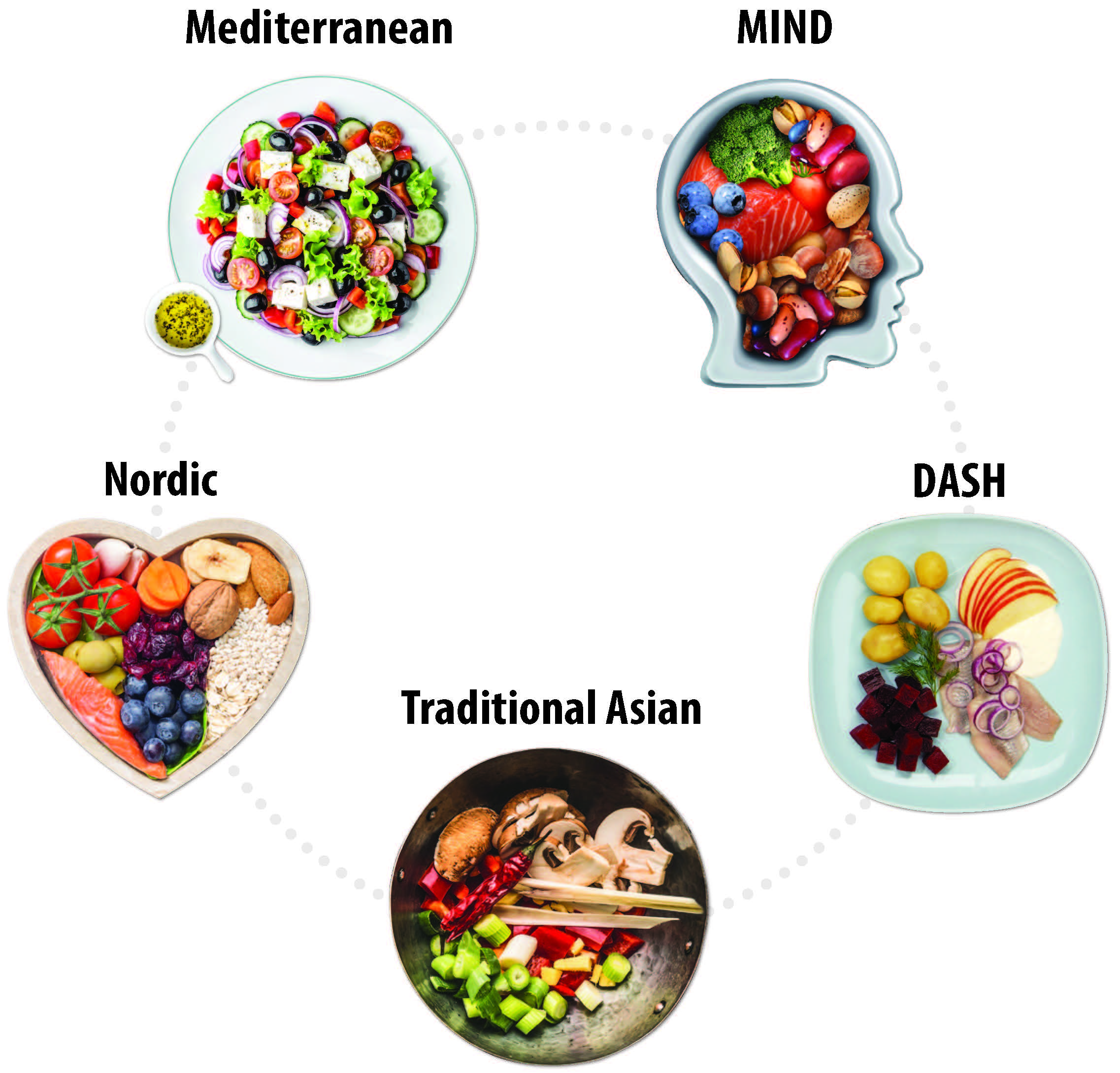CG Insights
Explore the latest trends and insights in technology and culture.
Diet Dilemmas: Why Your Salad Might Be Sabotaging Your Goals
Discover how your healthy salad could be secretly derailing your diet goals! Uncover the surprising pitfalls now!
The Hidden Calories in Your Favorite Salad Dressing
When you think of a salad, you might picture a healthy meal packed with nutrients, but the hidden calories in your favorite salad dressing can significantly alter that perception. Many commercial dressings are loaded with sugar, unhealthy fats, and preservatives that can add hundreds or even thousands of calories to what should be a low-calorie dish. For example, a simple tablespoon of ranch dressing can contain around 70 calories, while a creamy Caesar dressing can soar over 150 calories per serving. To truly enjoy a salad without sabotaging your dietary goals, it's crucial to be aware of these calorie add-ons.
Furthermore, not all dressings are created equal. Some may advertise themselves as low-fat options, but in reality, they often compensate for the lack of fat with added sugars and artificial ingredients that still pack in the calories. To make healthier choices, consider making your own dressings using simple ingredients like olive oil, vinegar, and herbs. This not only gives you control over the ingredients but also helps you avoid the astonishingly high calorie counts often found in pre-packaged dressings. Always remember to read the labels and be mindful of portion sizes—those seemingly harmless drizzles can add up quickly!

Are You Making Your Salad Too Sugary? Common Mistakes to Avoid
Salads are often lauded as healthy meals, but many people unknowingly turn them into sugary disasters. One common mistake is the selection of dressings. Store-bought dressings can be deceptively high in added sugars, transforming your healthy greens into a sugary indulgence. To avoid this pitfall, consider making your own dressings using simple ingredients like olive oil, lemon juice, and vinegar. This way, you can control the amount of sweetness and keep your salad focused on its nutritious benefits.
Another mistake that contributes to a sugary salad is the addition of toppings that are too sweet. Items like candied nuts, dried fruits, and even sugary croutons can pack a surprising amount of sugar into your bowl. Instead, opt for healthier options such as fresh fruits like berries for natural sweetness or seeds for crunch without the sugar overload. By being mindful of these common errors, you can ensure your salad remains a wholesome addition to your diet.
Is Your Salad the Ultimate Diet Trap? Here's What You Need to Know
When trying to eat healthily, many people assume that salads are a foolproof choice for weight management. However, the ultimate diet trap can often be found lurking within these seemingly innocuous bowls of greens. One crucial factor to consider is the toppings and dressings that can significantly enhance calorie content. For example, adding creamy dressings, crispy bacon bits, or heaps of cheese can transform a light meal into a calorie bomb. To keep your salad on the right track, opt for healthier dressings such as vinaigrettes or yogurt-based sauces and limit high-calorie add-ins.
Another common misconception is that portion sizes in salads are inherently smaller, which can lead to overindulgence. It's easy to underestimate the caloric density of certain ingredients, such as nuts, seeds, and even dried fruits. To avoid falling into this trap, be mindful of portion sizes and aim for a balanced mix of vegetables, lean proteins, and healthy fats. Here are a few tips to enjoy a salad without compromising your diet:
- Choose a variety of colorful vegetables to maximize nutrients.
- Limit high-calorie toppings and dressings.
- Track your portion sizes to avoid overeating.